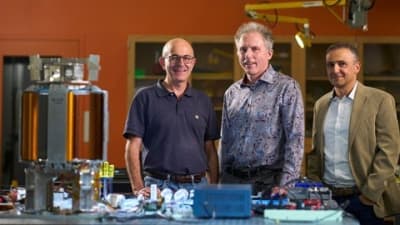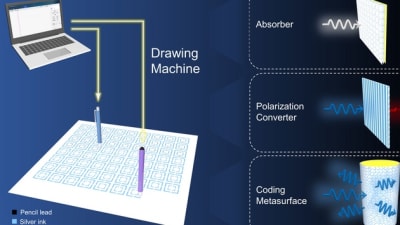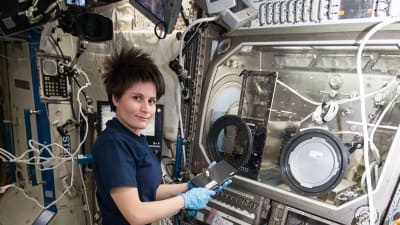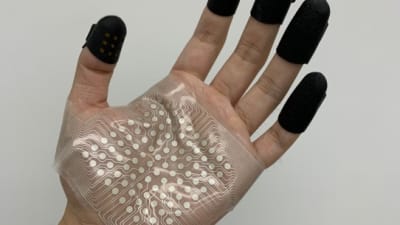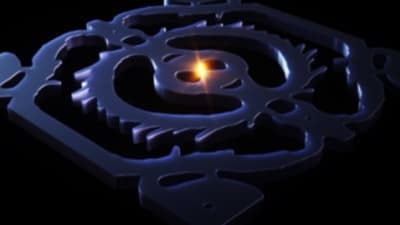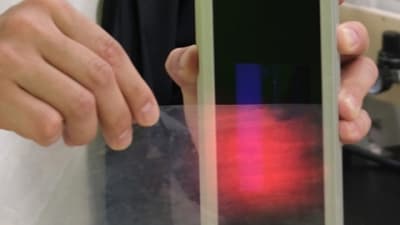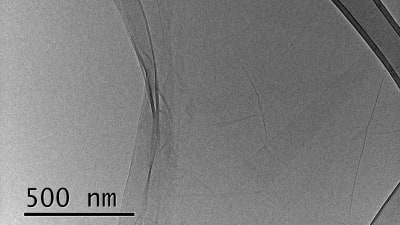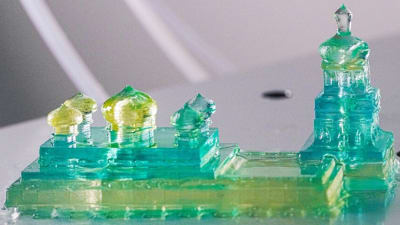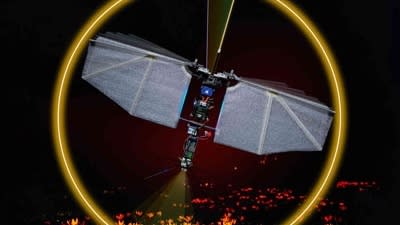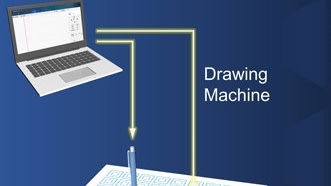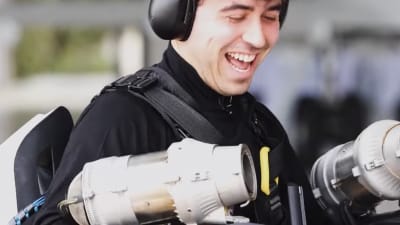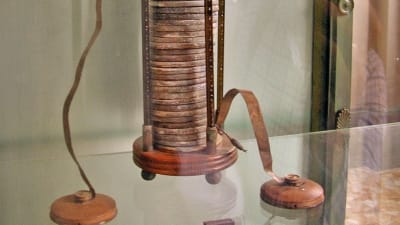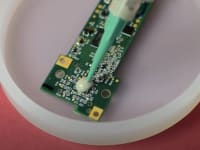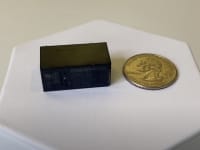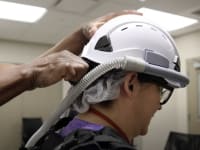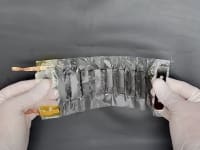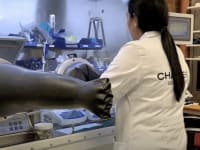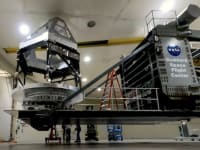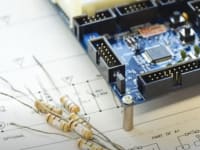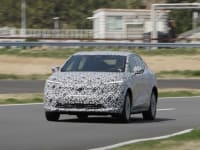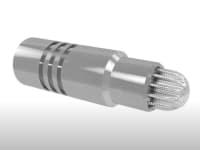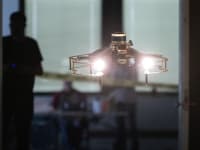61
12,105,170,194,926
-1
780
30
INSIDER: Energy
Once considered science fiction, technology capable of collecting solar power in space and beaming it to Earth to provide a global supply of clean and affordable energy is moving closer to reality. Through...
Quiz: Robotics, Automation & Control
See how much you know about automated automobiles with this quiz.
Blog: Materials
The drawing machine uses pens with ink containing conductive material or regular mechanical pencils with varying graphite content.
INSIDER: Design
The Korea Institute of Machinery and Materials (KIMM) announced that it has developed a gripper capable of all gripping movements, inspired by elephant trunks. It mimics how elephants...
INSIDER: Design
If you’ve ever played the claw game at an arcade, you know how hard it is to grab and hold onto objects using robotic grippers. Imagine how much more nerve-wracking that game would be if,...
INSIDER: Motion Control
The unassuming Pacific mole crab, Emerita analoga, is about to make some waves. UC Berkeley researchers have debuted a unique robot inspired by this burrowing crustacean that may someday help evaluate the soil...
Quiz: Aerospace
Take this quiz to find out how much you know about the rise of 3D printing in space and its future outlook.
Blog: Aerospace
The new materials are hard enough to stir molten steel and can withstand temperatures above 7,000 degrees Fahrenheit — about the same temperatures found just a few hundred miles above the surface of the sun.
Blog: AR/AI
The system aims to add the sense of touch to the metaverse for use in virtual-reality shopping and gaming, and potentially facilitate the work of astronauts and other professions that require the use of thick gloves.
INSIDER: Materials
Until recently, it was widely believed among physicists that it was impossible to compress light below the so-called diffraction limit, except when using metal nanoparticles, which...
INSIDER: Materials
An interdisciplinary team from Hokkaido University’s Engineering and Agriculture departments and the Institute for Chemical Reaction Design and Discovery (WPI-ICReDD) has developed...
INSIDER: Photonics/Optics
Extreme miniaturization of infrared (IR) detectors is critical for their integration into next-generation consumer electronics, wearables and ultra-small satellites. Thus far, however, IR detectors have...
INSIDER: Photonics/Optics
See the new products, including a green laser, a ToF camera, an AI-capable microprocessors, and more.
Quiz: Medical
One silver lining that the pandemic brought is an expansion of infectious-disease-testing technology.
Blog: Green Design & Manufacturing
Scientists say that such oil-rich duckweed could easily be harvested to produce biofuels or other bioproducts.
Quiz: Nanotechnology
How well do you know nanotechnology? Find out with this quiz?
Blog: Design
“This new technology will help to fully realize the potential of 3D printing. It will allow us to print much faster, helping to usher in a new era of digital manufacturing, as well as to enable the fabrication of complex, multi-material objects in a single step.”
INSIDER: Motion Control
Akin to when Model Ts traveled alongside horses and buggies, autonomous vehicles (AVs) and human-driven vehicles (HVs) will someday share the road. How to best...
INSIDER: Aerospace
Scientists have developed a theory that can explain how flying insects determine the gravity direction without using accelerometers. It also forms a substantial step in the creation of...
INSIDER: Energy
Electrical machines consume nearly half of all the electrical power generated worldwide, making them one of the top contributors to carbon...
INSIDER: Motion Control
Scientists have developed a new technique for fabricating metamaterials from sheets of paper, using a computer to guide the movement of conductive ink pens and mechanical...
Blog: Design
Using jet fuel as a means to power five gas turbines, the suit can propel pilots about 40 mph for up to eight minutes and can generate more than 1,000 horsepower.
Quiz: Software
Artificial intelligence (AI) adoption is gradually increasing across industries. How much do you know about AI in manufacturing? Take this quiz to find out.
Blog: Energy
Engineers have created new high-power electronic devices that are more energy efficient than their predecessors.
Blog: Green Design & Manufacturing
According to the NASA Earth Observatory, air temperatures on Earth have been rising since the Industrial Revolution. Here is a suggestion about one way that engineers could help reduce the problems caused by that in their everyday work.
Blog: Robotics, Automation & Control
Engineers have installed tiny electronic “brains” on solar-powered robots so that the machines can walk autonomously, sans external control.
Quiz: Wearables
See how much you know about wearable technology and the progress it has made.
Quiz: Energy
Do you know how far the battery has advanced since its inception? Find out with our quiz below.
INSIDER: Materials
The silicon-based computer chips that power our modern devices require vast amounts of energy to operate. Despite ever-improving computing efficiency, information technology...
Top Stories
Blog: Manufacturing & Prototyping
2025 Holiday Gift Guide for Engineers: Tech, Tools, and Gadgets
INSIDER: Research Lab
Scientists Create Superconducting Semiconductor Material
Blog: Software
Quiz: Materials
Blog: Aerospace
Tech Briefs Wrapped 2025: Top 10 Technology Stories
Blog: Manufacturing & Prototyping
Webcasts
 Upcoming Webinars: AR/AI
Upcoming Webinars: AR/AI
The Real Impact of AR and AI in the Industrial Equipment Industry
 Upcoming Webinars: Motion Control
Upcoming Webinars: Motion Control
Next-Generation Linear and Rotary Stages: When Ultra Precision...
 Upcoming Webinars: Energy
Upcoming Webinars: Energy
Hydrogen Engines Are Heating Up for Heavy Duty
 Podcasts: Medical
Podcasts: Medical
How Wearables Are Enhancing Smart Drug Delivery
 Podcasts: Power
Podcasts: Power
SAE Automotive Podcast: Solid-State Batteries


